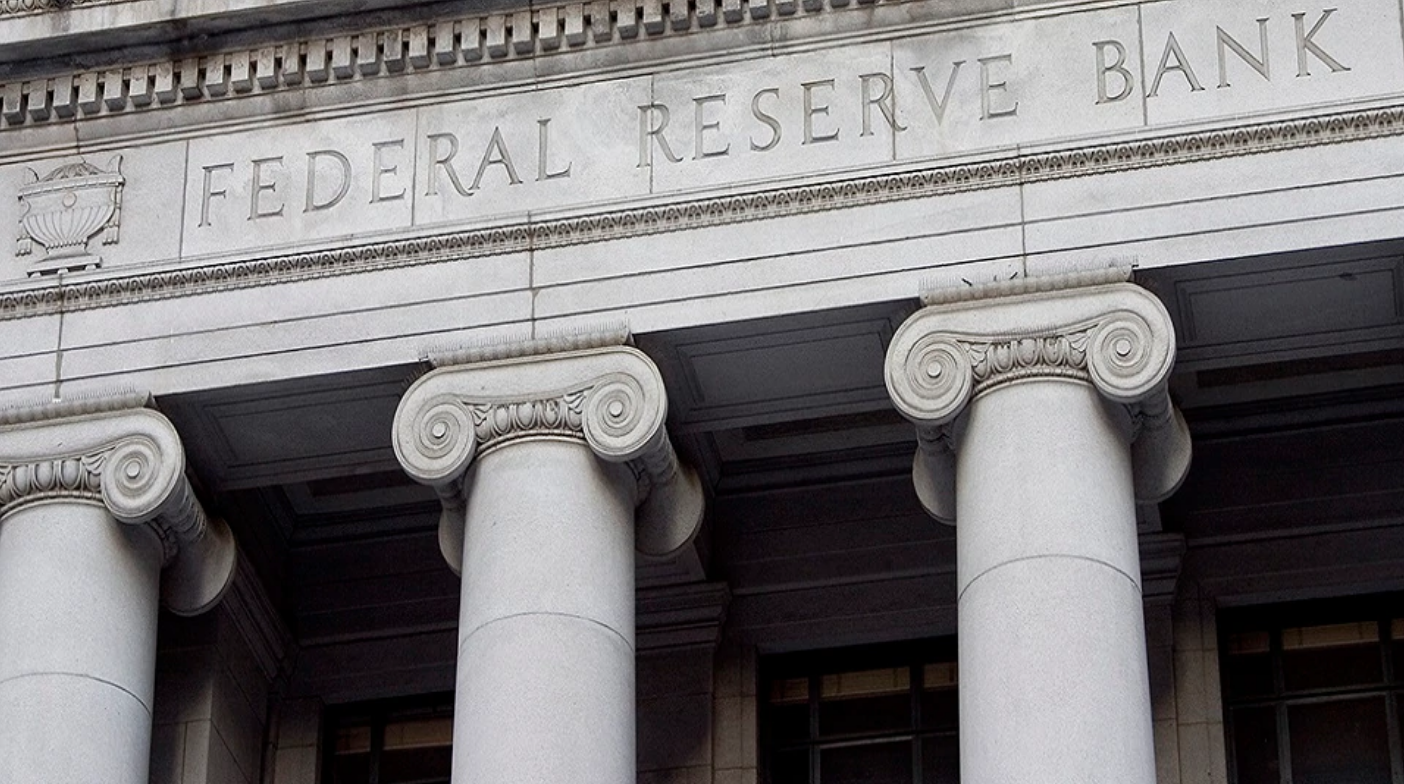by Liz Ann Sonders, Chief Investment Strategist, Charles Schwab & Company Ltd.
Key Points
- As expected, the Fed kept rates unchanged, and pinned to the zero bound; while announcing no change to its asset purchase plans.
- Within the FOMC statement, emphasis remained on the deleterious impact, and ongoing trajectory, of the virus.
- During the press conference, Fed Chair Powell continued to emphasize the necessity of additional fiscal policy support to supplement the Fed’s ongoing monetary policy support.
In a week full of surprises and uncertainties, the Federal Reserve did not add to the mix. In a unanimous vote, the Federal Open Market Committee (FOMC) announced no change to the fed funds rate—which remains in a range of 0% to 0.25%—or asset purchases—which remain at $80 billion of Treasuries and $40 billion of agency mortgage-backed securities (MBS) each month. In its statement, the FOMC noted: “Economic activity and employment have continued to recover but remain well below their levels at the beginning of the year.” That sentence was a slight tweak relative to the September FOMC statement, which noted that the economy and jobs had “picked up in recent months.” The Committee also removed the prior language about its easy monetary policies not being an “unconditional commitment.”
It’s important that the Fed is commenting not only on the rate of change in economic activity, but also level. To highlight the importance of that distinction, we can look at the recent release of the initial read on third quarter real gross domestic product (GDP). On a quarter-over-quarter annualized rate, GDP jumped a record 33%; but given the compression in growth during the prior two quarters (-31% and -5%, respectively), growth through the third quarter has retraced less than two-thirds of its pre-pandemic level.
In reference to the COVID-19 virus, the FOMC cited that the “ongoing public health crisis will continue to weigh on economic activity, employment, and inflation in the near term, and poses considerable risks to the economic outlook over the medium term.” (That language was identical to the September statement.) Fed speakers, including Chairman Jerome Powell himself, have been pressuring Congress for more fiscal relief; and until the election results are settled, it’s uncertain as to either the timing or size of any coming fiscal package.
The consensus narrative around the possibility of a divided Congress is that substantial fiscal relief is less likely. It’s too soon to buck that consensus; but perhaps there is room for hope based on Senate Majority Leader Mitch McConnell’s comments earlier today that fiscal relief should be priority number one once the election is decided; and that Democrats’ priorities around aid for state and local government relief should be in the mix.
Presser (not to be confused with pressure)
Chair Powell, at the outset of the press conference, suggested “there will be something” on fiscal stimulus coming. But he also tried to differentiate what monetary and fiscal authorities are able to accomplish; reiterating that the Fed can support lending, but it is not a spending authority. He also emphasized the necessity of a more robust health care policy, and not just fiscal/monetary policy.
Powell also emphasized the weight on longevity when it comes to the labor market; rightly noting that rising long-term unemployment is a risk both due to the growing likelihood of departures from the labor force, and fading opportunities for long-term unemployed to find new employment. Specifically, Powell said, “I don’t know how we could be much more vocal than we have been” about the risk of long-term damage to the economy from the pandemic if the policy response is inadequate.
Relative to the aforementioned emphases on both rate of change and level; Chair Powell noted that the labor market recovery is halfway along “at best.” He is right; with the growth in non-farm payrolls and the decline in the unemployment rate having retraced about 50% and 60% of their pandemic losses, respectively.
Finally, Powell did address some election-related questions, admitting that “the election comes up now and again, but it is not at all a central focus of the meeting.” In the past, the usual refrain from Fed officials is that politics is never discussed during FOMC meetings. When specifically asked about whether the Fed—along with the Treasury Department—has been preparing for financial turmoil in the event of political strains in the wake of the election; his response was to reiterate that the Fed is very reluctant to get drawn into any sort of even indirect comments on politics. Words many of us wish we could live by.
Copyright © Schwab.com











